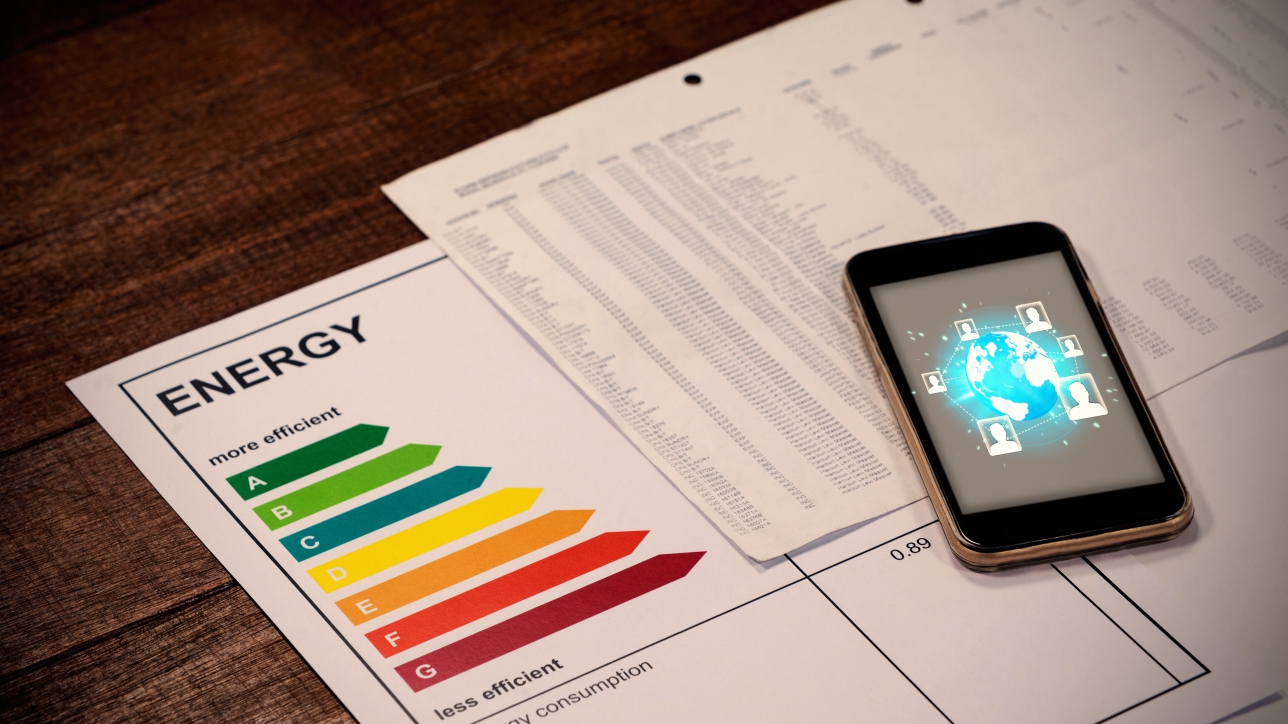Everything You Need to Know about California Energy Transparency
The state of California is continuing efforts to boost energy efficiency and reporting among commercial properties. The latest tool in this endeavor is in the form of a law; specifically, California Assembly Bill (AB) 802. The law went into effect January 2017, charging the California Energy Commission (CEC) with developing and maintaining a statewide commercial and multifamily property energy benchmarking/disclosure program.
According to the CEC, AB 802’s main function is to provide operational information, so investors and tenants can “make better informed purchasing and leasing decisions” while allowing “the general public to better understand the buildings in which they live and work.” Boiling this down for commercial property owners and investors, the law requires energy usage reporting starting June 1, 2018.
Legislative Improvements?
Energy reporting legislation in the Golden State isn’t new. The year 2007 saw passage of Assembly Bill 1103, requiring benchmarking and disclosure of energy data and Energy Star performance ratings to whole-building buyers, tenants and lenders. But, according to law firm Allen Matkins, AB 1103 was “plagued with implementation problems.”
One such problem involved tenants and privacy concerns. “In a multitenant situation, in which everyone has their own meters, it was difficult to obtain tenant authorization that would allow the utilities to download the data,” said Marika Erdely, CEO and Certified Energy Auditor with energy services consulting and construction firm Green EconoMe. Lacking the necessary tenant data, property owners ended up “guestimating” energy usage.
Then there was the lack of an enforcement mechanism with AB 1103, meaning property owners had little incentive to report. “A lot of owners we spoke with brushed it off. They knew nothing would happen if they didn’t comply,” Erdely said.
The California Legislature in fall 2015 repealed AB 1103 and passed AB 802. The law, which went into effect January 2017, promotes energy use benchmarking regular public reporting, while boosting compliance and all but eliminating tenant privacy concerns.
Tenants and Common Areas
AB 802 gets around privacy issues by aggregating all tenant data from a property and adding common area usage to the mix. “No one knows whose energy usage belongs to which tenant,” Erdely said. “This eliminates the issue of building owners estimating tenant data, because they were unable to obtain it.” Although, buildings with fewer than three active utility accounts of any energy type (with no residential meters), will still need to receive permission from the tenant to receive the utility energy data.
On June 1, 2018, owners of commercial buildings larger than 50,000 square feet are required to report energy usage with data obtained from utility companies. Nor do multifamily owners get a pass from the regulation. By June 1, 2019, apartment owners will be required to report energy usage data if:
- The building size is at least 50,000 square feet and
- The building has at least 17 active residential gas and electricity accounts
No Escaping the Law
And, AB 802 will be enforced, with backing from California Public Resources Code, Chapter 4, Section 25321. The main gist here is that non-compliant building owners will be notified, have five days to correct the situation, then could be subject to a hearing and civil penalty that “shall not be less than $500 nor more than $2,000) for each category of data not provided for each day the violation has existed and continues to exist”. If “each category of data” involves both gas and electric utilities, “this level of enforcement could become quite costly rather quickly,” Erdely said.
Erdely has no doubt that the state will enforce AB 802, especially given the law’s focus on transparency. “Once owners begin disclosing the data, and that data is made public, there will be a list of owners who haven’t complied,” Erdely said. “I’m not sure how long it will take, but they will crack down on noncompliance.”
The Challenges
Though AB 802 is an improvement over AB 1103, it isn’t an energy reporting and data disclosure panacea. Erdely indicated that obtaining data from the utility companies can be a complicated, time-consuming process. “It takes at least 30 days for utilities to provide that data,” she said. With the June 1 deadline approaching, time is of the essence.
Additionally, certain types of tenant information will still be required. “You’re not just entering energy usage data, but also certain operational and physical characteristics of the building need to be gathered and entered,” Erdely explained. “How many computers are on site, how many staff work on the main shift, what the business operating hours are; that is data that can only come from the tenant.”
Still, Erdely believes that the legislation is on the right track, as energy usage has a direct impact on property values. “This is all tied to net operating income (NOI), which is completely impacted by energy costs,” Erdely said, adding that utilities tend to be the single controllable cost for most real estate projects. “When you reduce energy costs, the NOI will increase, which clearly leads to a more favorable cap rate and higher market values.”

